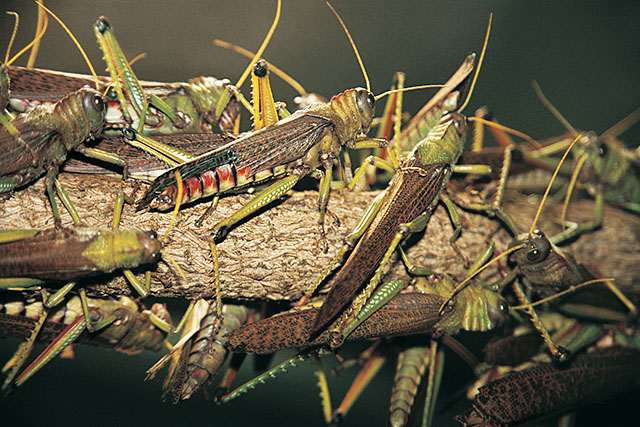100,000 hectares of land in Somalia at risk of locust invasion-FAO

Up to 100,000 hectares of land in Somalia is at risk of locust invasion threatening to wipe out food and fodder production for the October/December harvests, the UN has warned.
The Food and Agriculture Organisation (FAO) a UN agency said in a statement Wednesday a looming locust crisis expected to hit southern regions and likely to cross to northeastern Kenyan is the worst outbreak in over 25 years.
According to FAO, an estimated 70,000 hectares of land have been infested by the hoppers and breeding adults in Somalia and Ethiopia. The desert locust breeding is ongoing in Somaliland, Puntland and Mudug region in Galmudug state.
“We are talking about a medium to long-term intervention. The impact of our actions in the short term is going to be very limited, but we can make a difference to support livelihoods and avoid further disastrous consequences for the next Gu season in 2020 if we act now,” says Etienne Peterschmitt, FAO Representative in Somalia.
Peterschmitt said in the next six months, more than 100,000 hectares of land will require direct control intervention in Somalia noting the UN agency now requires $3 million for the initial response.
So far, FAO has conducted surveys covering 20,000 hectares of land in Puntland and Somalia and trained government officers on application of biopesticide in Somaliland.
FAO noted due to security concerns, aerial sprays would not be possible thus slowing down response mechanism.
The threat, FAO said will continue into 2020 adding the 2019 deyr harvests will likely be wiped out.
“The immature swarms are the most destructive stage and can seriously threaten the 2019 Deyr [October-December] season food and fodder production,” says Alphonse Owuor, Crop Protection Officer of FAO in Somalia.